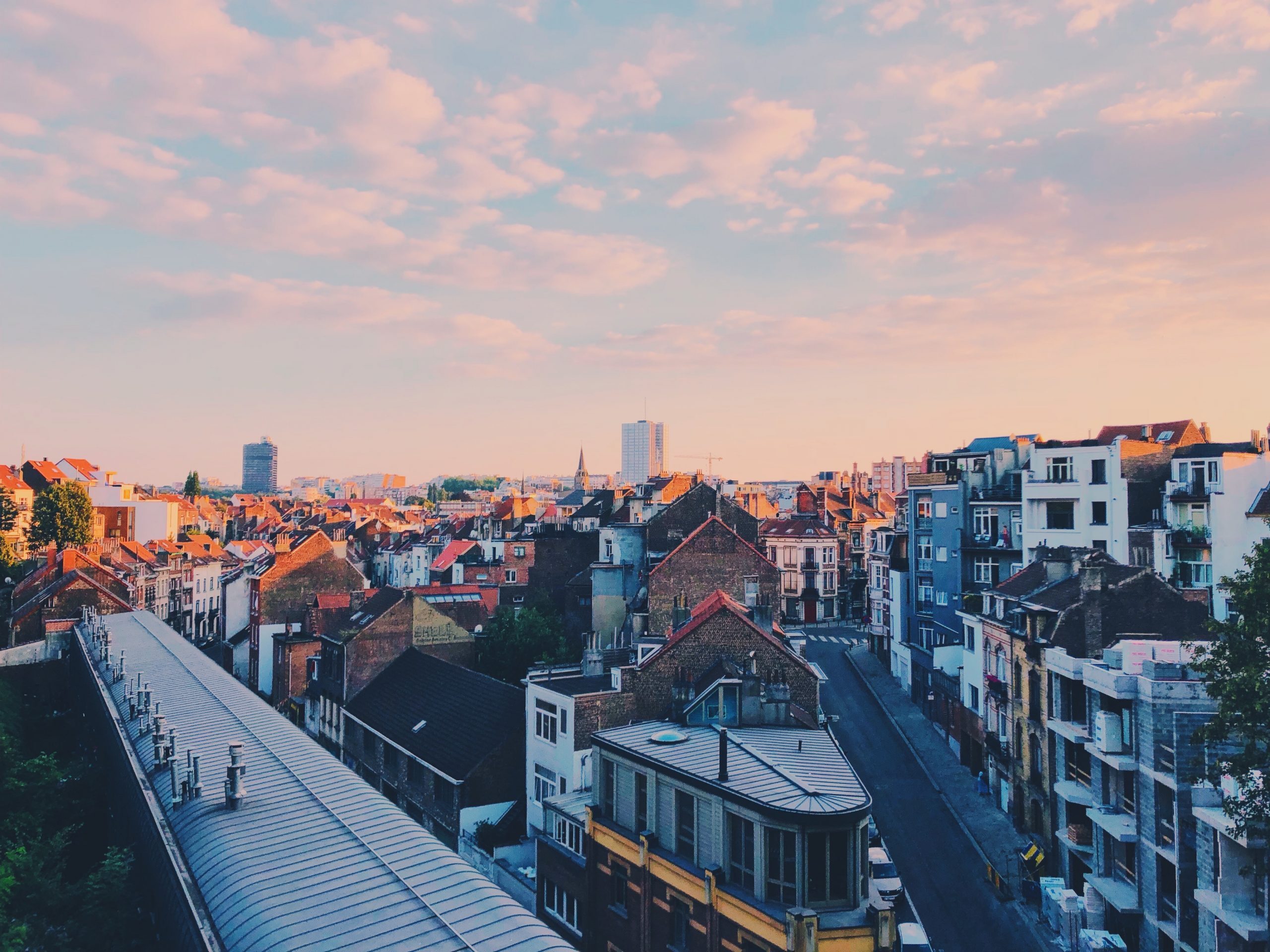
How citizen science is helping combat air pollution in Brussels
The 1.2 million people living in Brussels have very little idea what’s in the air they breath every day. Let’s take PM2.5 for example. Monitoring stations watching this pollutant can be counted on the fingers of one hand, literally. There are only five of them. For a city that spreads over 160 km2, it’s too few.
Interested in this kind of news?
Receive them directly in your inbox. Delivered once a week.
Particulate matter (PM) is very fine dust. One ‘grain’ is 2.5 µm in diameter. In comparison, a hair is 24 times bigger. Because of its microscopic size, PM2.5 can penetrate the lung barrier, enter the blood system and, as a result, increase the risk of heart and respiratory diseases, as well as lung cancer.
Since public authorities don’t seem to be in a hurry to better inform Brussels inhabitants about air quality – even after some residents lodged complaints for inadequate monitoring – citizen science has a part to play.
Thanks to their low cost of particulate matter sensors, around €30, citizens can install them at home and help create a dense network of measuring points. In Brussels 400 people have already registered to be part of the project.
The data collected by all these devices gives a precise view, in real time and in terms of space, of the evolution of particulate matter in the air, which helps us to understand it better and tackle it more efficiently. This is of great value for decision makers trying to improve air quality.
On top of complementing the data collected by official monitoring stations, the project is also a very good way to raise awareness about air pollution among the general public. By actively taking part, people become more interested in the topic, understand it better and are therefore more likely to take action against it by, for example, using public transport instead of taking their own car.
Now, are these low cost sensors reliable enough to be used as a scientific tool? In order to answer this question their measures have been compared with the ones produced by the official monitoring stations. We saw that, even if there are some small differences, the general trends are the same. This means that this kind of project can definitely be used to understand where, when and why air pollution increases or decreases.
The Dutch Ministry of Health has already come to appreciate citizen science and is using it. We now hope that other official institutions will adopt and use citizen science to its full potential as a tool to combat air pollution.
